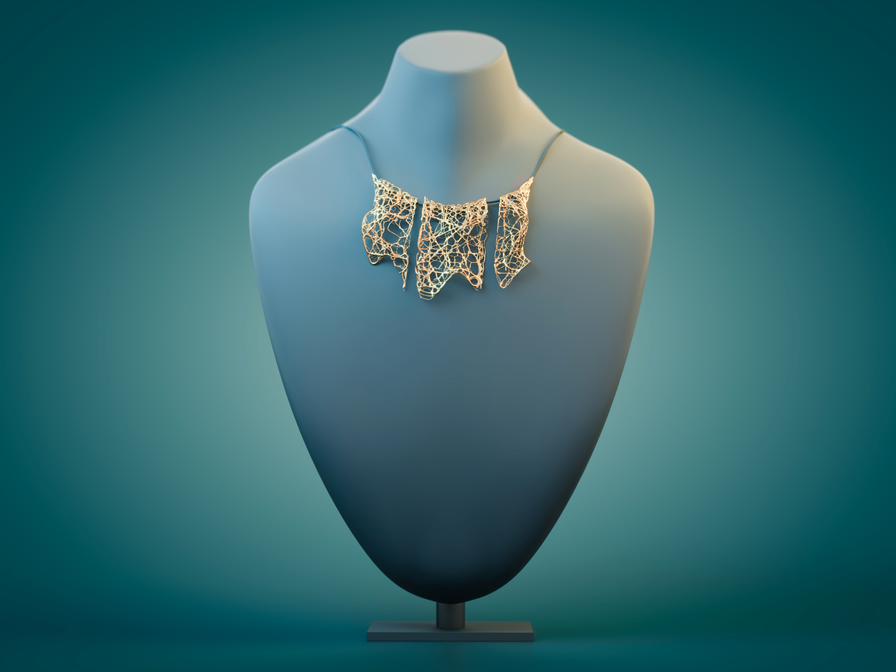Every year, the Extreme Redesign Challenge calls upon tomorrow’s engineers, artists and entrepreneurs to design a better future. It is a test to see who can come up with the most creative, mechanically sound, and realistically achievable design using 3D printing. Seven winners were selected and received scholarships for their efforts as well as features on our website and blog.
Paride had the idea to fuse his experience with algorithmic design, which applies techniques that encompass the discipline of generating ideas and solutions for computational problems which arise in practical applications, such as sorting and searching, with his 3D design and printing experiences. As he began the design process, he realized that he could create unique shapes and forms and intricate jewelry pieces that could appeal to almost anyone, and create it in a very customized way. One of the shapes in his design that he focused on was inspired by coral, which has a very organic and delicate appearance, and can be designed and printed to incorporate aesthetic material properties and artistic finishing qualities of any individual. Even when he was considering a material for the design, Paride doesn’t think these choices should be limited to his imagination alone, but tailored to what the final wearer of the pieces might consider attractive. As 3D printing continues to drive the quality of 'mass customization', and algorithmic design continues to stretch design limitations, the intersection of these technologies will most certainly be both unique and beautiful as corallo demonstrates.
